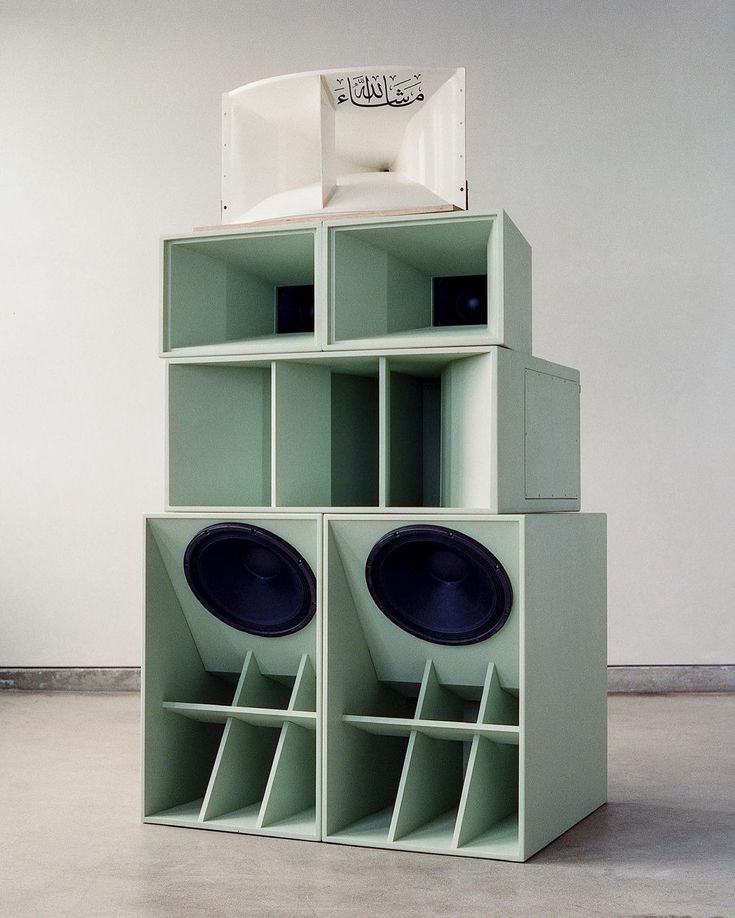That deeper understanding is the point. Sure, sensitivity matters, whether high, low or middling. But it’s only part of the picture. Better understanding depends on better and more accurate information – at which point it becomes an aid to performance rather than simply a cynical tool to promote sales. Rather than holding up one number as the be-all and end-all, a group of numbers, plots and other information can help generate better results – if that information is actually available and reliable. Better results will ultimately create more sales and a healthier industry, but it runs into the same old obstacle: short-term advantage and a quick quid (or buck) generated by a snappy headline as opposed to investing in the longer term. The ‘latest greatest’ is all about today and tomorrow can look after itself.
Long ago, I asked Matthias Ruff of Avantgarde Acoustic why he used 100Watt solid-state amplifiers to drive the 108dB sensitivity Trios? His response, “The first Watt is important, but so are the other 99 lined up behind it!” In a classic piece of audio dogma, high-efficiency horn systems have become synonymous with low-powered triode amps. Such systems CAN sound good, but often don’t. Kevin Scott of Living Voice is quick to point out that triode amps, especially single-ended triode amps use such inherently simple circuits that you can hear straight through to the power supply. The quality, topology, engineering and execution of that power supply thus becomes even more critical, yet it’s exactly the place where many triode designs cut corners or fall down. I guess that, at least when they do fall over, they do it more gracefully than the average solid-state design, while also drawing a rose-tinted veil across a host of other system shortcomings…

When it comes to audio, there’s no such thing as a free lunch. Increased sensitivity can offer very real musical advantages, especially in the right system context. But it comes at a cost, generally measured in terms of size, bandwidth and colouration levels. All too often, that cost is monetary as well as practical. Which helps explain why companies producing conventional boxes of moderate size and price like to get creative with their quoted efficiencies. But there are no silver bullets in audio. There are great high-sensitivity speakers and plenty of less than great ones, just as there are great triode or solid-state amps – and plenty of bad ones. You can’t listen to a product, only a system, while no one capability, product or technology can guarantee musically satisfying results from a system that, by definition, contains multiple elements.
42 – the answer to life, the universe and everything: for Douglas Adams that was the joke, yet in the audio-verse, it’s a recurring theme. We need to ween ourselves off of such attractive, simple but misleading notions. Higher sensitivity speakers don’t guarantee better performance: matching your speaker’s sensitivity to other system considerations does. The real question isn’t, what’s the quoted sensitivity for a given speaker? What we should be asking is, how does speaker sensitivity operate within the wider system context and, more importantly, how can we exploit that understanding to achieve better system performance? Along the way, greater scrutiny of rated efficiency wouldn’t go amiss, especially if it went hand-in-hand with more sophisticated and meaningful measured results. It would allow us to get so much more out of the speakers and systems we use. But concentrating on one performance parameter to the exclusion of all others? That’s never a great idea.

